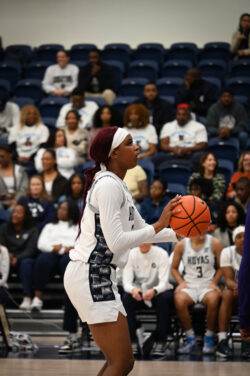Much has been made of Citigroup’s plans to retain naming rights to the New York Mets’ new stadium despite the company’s recent financial woes. The current deal, which was inked in 2006, calls for Citi to pay the Mets $20 million a year for the next 20 years. More than a few members of Congress have expressed displeasure at the prospect of continuing to fund the deal with part of the $45 billion of taxpayer money allotted to Citi as part of stimulus packages. Two New York City councilmen even went so far as to suggest that the new park should be called Taxpayer Field, in honor of those who are actually footing the bill.
Hot air like this demonstrates shortsightedness on the part of Citigroup’s critics, as well as a basic lack of understanding of the economics of advertising in baseball, or any other sport for that matter. Citi concluded the terms of its current contract in 2006, before any hint of the current financial crisis came to light, which means it probably paid more for naming rights than any competitor would (or could) now.
But risk is inherent in any financial or baseball endeavor; some investments work out well (Greg Maddux, Vlad Guerrero) and some don’t (Barry Zito, Darren Dreifort). Besides, they signed a contract. The construction of baseball stadiums and sports arenas is a massive undertaking requiring the close cooperation of team ownership, league management, and civic and corporate sponsorship over a period of several years. The total construction costs for Citi Field are estimated to total around $850 million. To force Citigroup to pull out of its deal now would complicate the opening schedule for this spring and run the costs even higher, as Citi will likely be forced to pay to replace its signage with that of the new sponsor, assuming one can be found.
Critics charge that, at $400 million over 20 years, the rights to Citi Field are the most expensive ever sold—which they are, by far. But to put this number in context: When Catfish Hunter became baseball’s first free agent in 1974, the highest-paid player in the sport was Dick Allen at $250,000 per year (talk about a deal: he hit .301 with 32 home runs). The four best-paid baseball players of 2009, all of whom are signed with New York teams, will make a total of $94 million.
At this point, massive salaries and advertising deals are part of the game. The Mets, one of the most profitable and beloved American sports teams, drew over four million fans during the 2009 season, as well as roughly 400,000 viewers per game on SNY, their television affiliate. This is a huge audience that will be reminded of the Citi brand after every commercial break or trip to the men’s room. For $20 million a year, that’s a smoking-hot deal.
If we really want institutions like Citigroup to survive in the long term, we should be encouraging them to advertise their dependability and loyalty, not censuring them. What does Citi have to do with the Mets? Nothing really, except that they are both New York institutions that have weathered collapses both on the field and in the boardroom. In that, they seem to be ideal partners.




